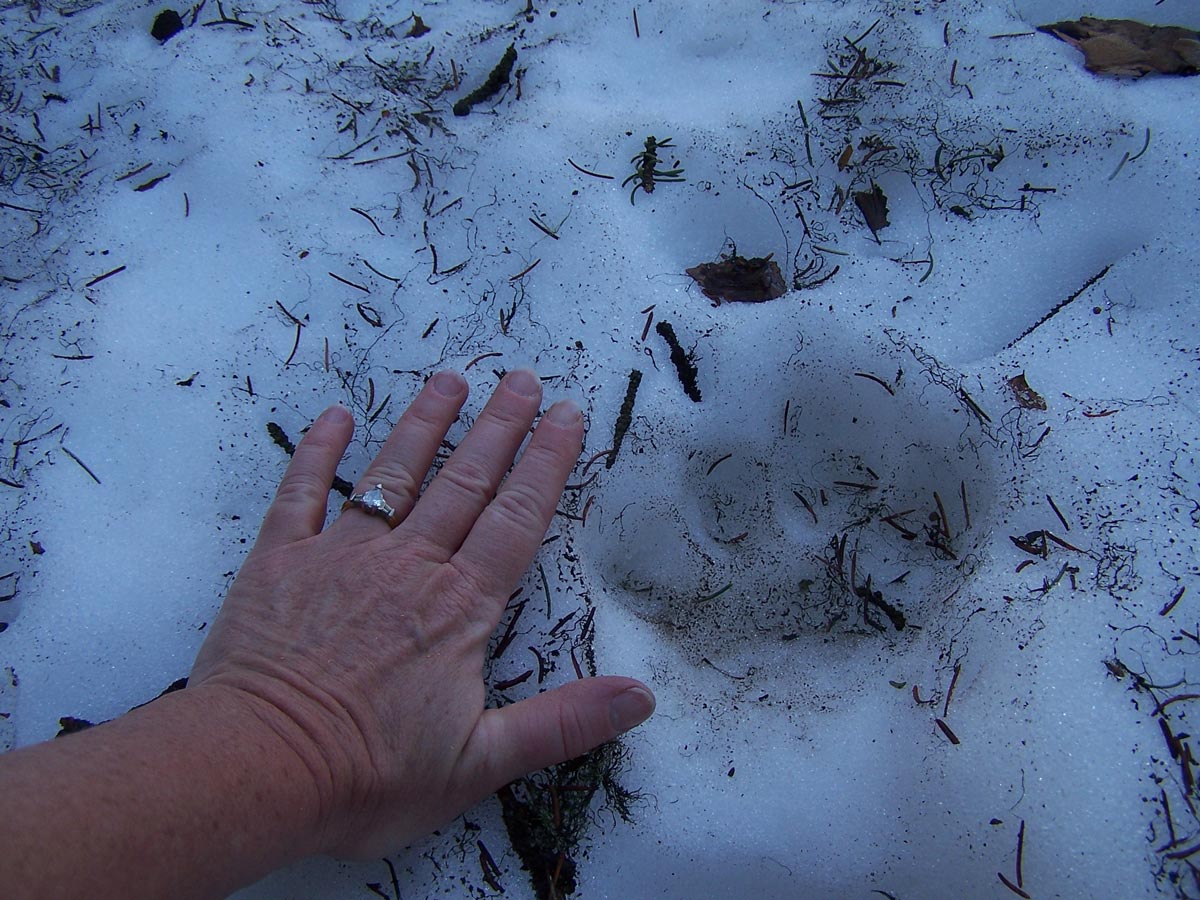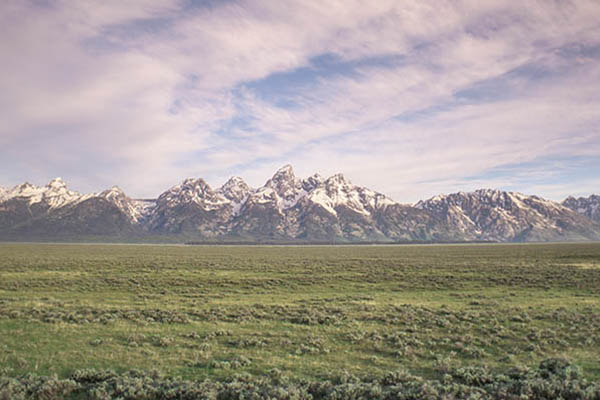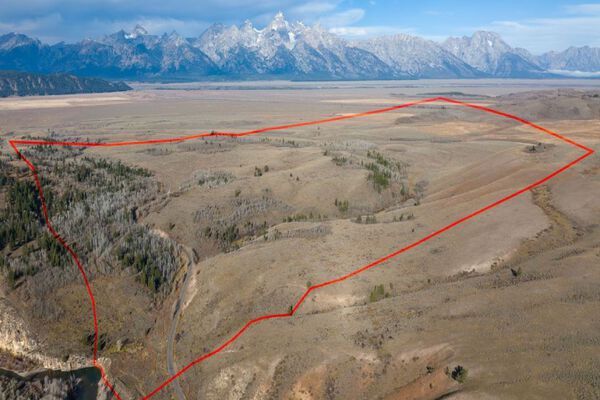Steve Cain is a retired wildlife biologist who spent his 25-year career researching and protecting the wild species of Grand Teton National Park. In his seasonal column, Field Notes, Steve shares his insight on the Greater Yellowstone Ecosystem’s incredible wildlife.
One of my favorite activities in winter is interpreting stories animals leave in the snow. Just knowing which animals have been active and what they’ve been up to can bring a completely new context and level of appreciation to your winter treks.

Identifying animal tracks is a rewarding winter activity.
When learning animal tracks, it helps to have an identification guide (either a book or mobile phone app) and a measuring device. With a small plastic ruler or measuring tape you can determine track width, length, and stride—the distance one foot travels in a single step. Begin narrowing your search by focusing on the type of animal involved; is it a hoof track, a paw, or even a bird track? Answers to these questions are usually easy, so you can quickly start drilling down to the species.
Follow the tracks and inspect many of them closely, looking for those with the best definition, and keep your measuring device handy. If it’s a paw track, figure out how many toes it has and if claw imprints are visible. The toe part can be tricky, so take your time and look at lots of tracks before you decide. I have looked at dozens of wolverine tracks in the same line before finally finding one that clearly showed the definitive 5th toe (almost all of them show 4).
Now consult your guide. If you find hoof tracks, with some practice you will be able to easily distinguish moose from elk and from smaller ungulates, like deer, bighorn sheep, and pronghorn. The latter will take more practice to separate, but in winter you can often single out animals simply by geography and preferred habitats. For example, Jackson Hole pronghorn generally will not be found north of the National Elk Refuge in winter, or in treed areas.
Paw tracks are a bit tougher. I tend to group possibilities by track size, stride length, and number of toes, in that order. All members of the dog and cat families have 4 toes, but claws show only in dogs: wolves, coyotes, and red foxes in the Jackson area. Wolf and cougar tracks will be similar in size and sometimes stride length, so look for claws to separate them. Coyote tracks are much smaller than wolf tracks, and fox tracks much smaller than coyote tracks.

Cougar tracks in the snow.
Bears and members of the weasel family (weasels, wolverine, pine marten, river otter, and badger) have 5 toes. Wolverine tracks will be similar in size to cougars and wolves, but their stride length when walking is half that of these larger carnivores and so relatively easy to spot, even from a distance. Closer inspection of toe number and track shape will confirm their presence. The common pine marten leaves medium-sized tracks in forested areas, often in a 2×2 pattern. I see these from chairlifts at Teton Village all the time. Long-tailed weasels leave similar but really tiny tracks that will suddenly appear and disappear as they submarine through the snow looking for prey. Although most bears are in dens this time of winter, watch out for the odd one during warm spells and as March approaches.
Some of the coolest tracks are made by birds, like great gray owls that leave beautiful wing marks as their talons plunge through the snow toward unsuspecting voles. But my favorite winter tracks are left by river otters. In the right snow conditions, otters cover long distances between open water by sledding on their bellies, pushing and leaving foot imprints only when necessary to maintain momentum. This leaves a unique track that invariably stumps those who have never seen it or are unfamiliar with this behavior.
Animal tracking skills can take years and years to refine, but they offer a lifetime of pleasure in understanding better the natural order of things. You will find learning the most common animal tracks is easy, rewarding, and a great place to start.










